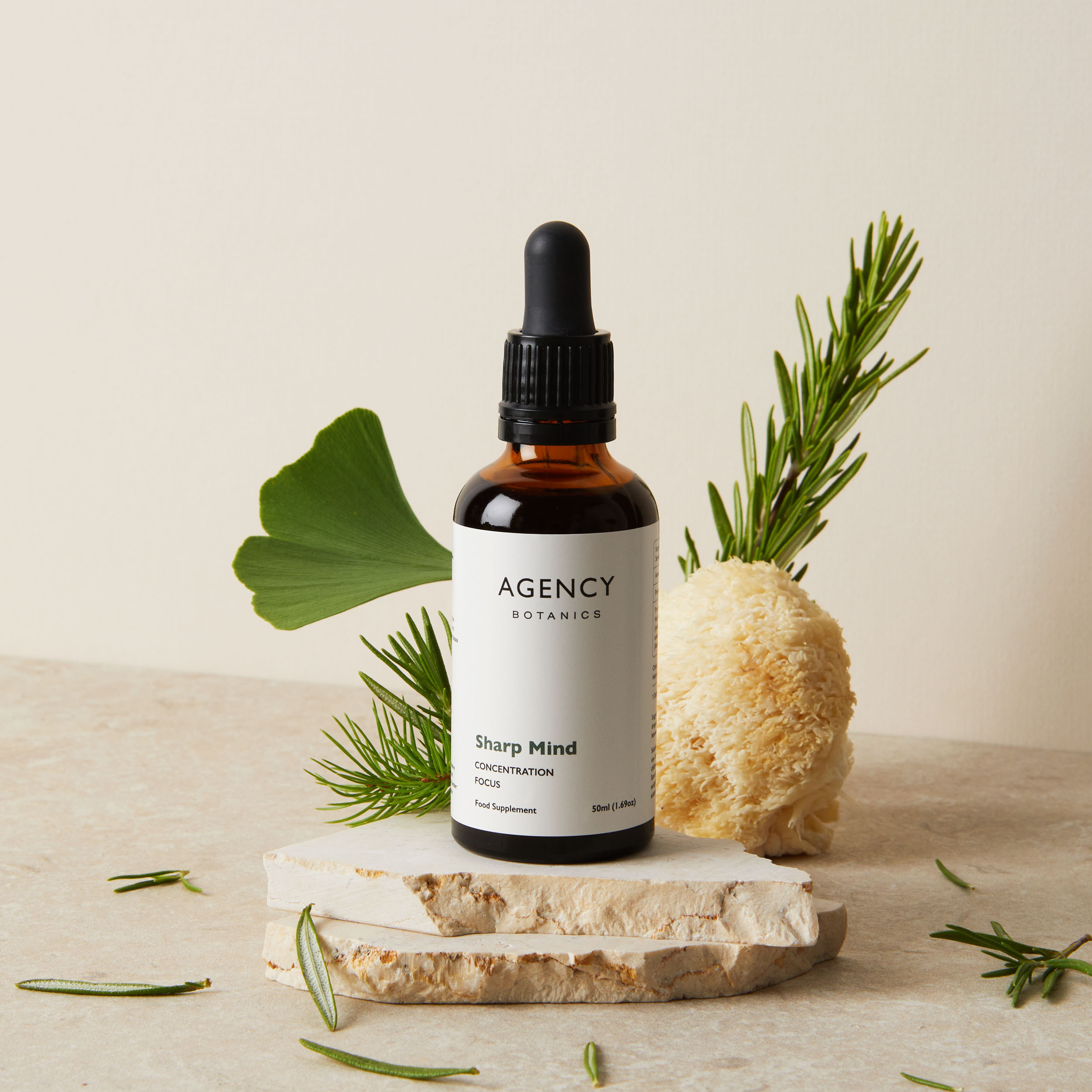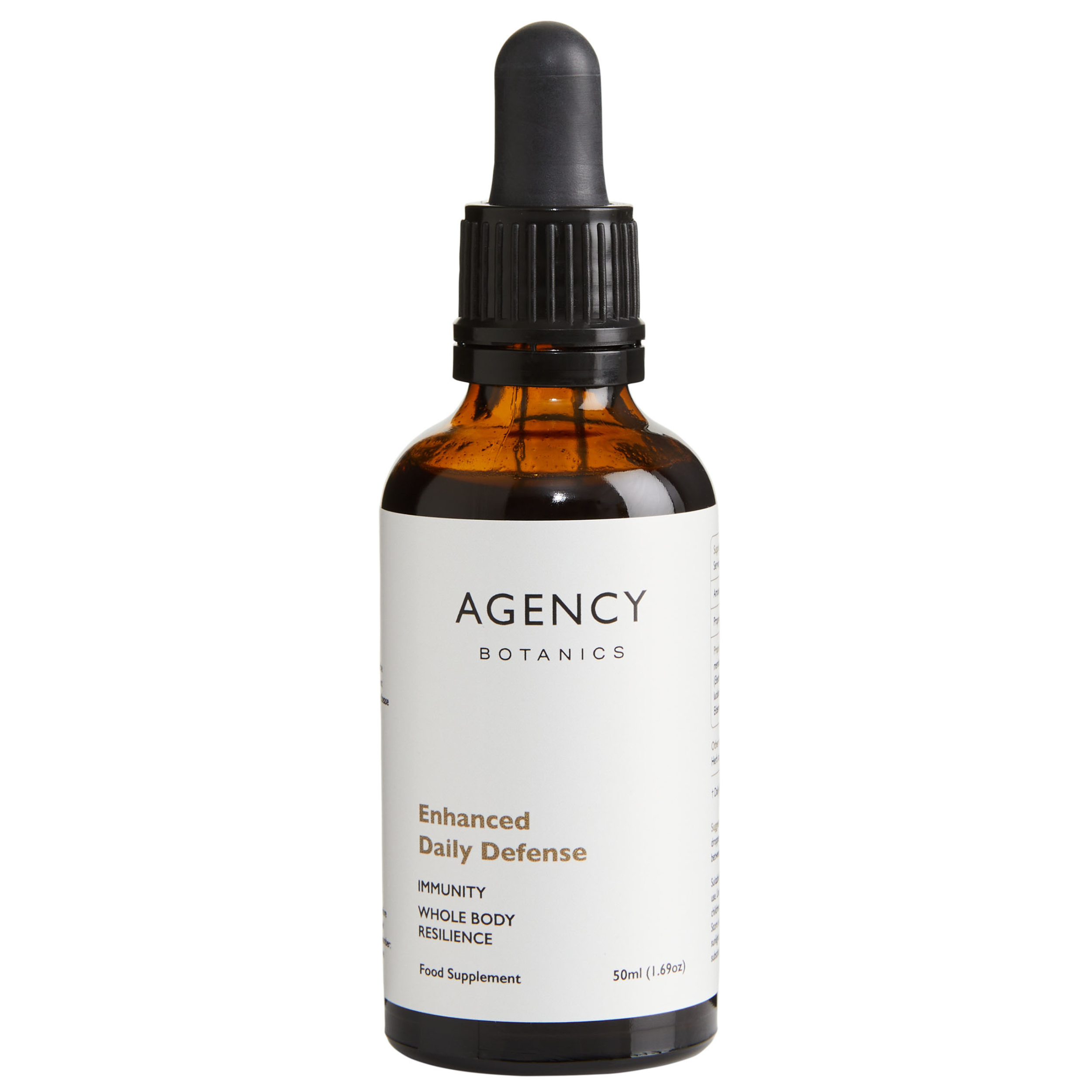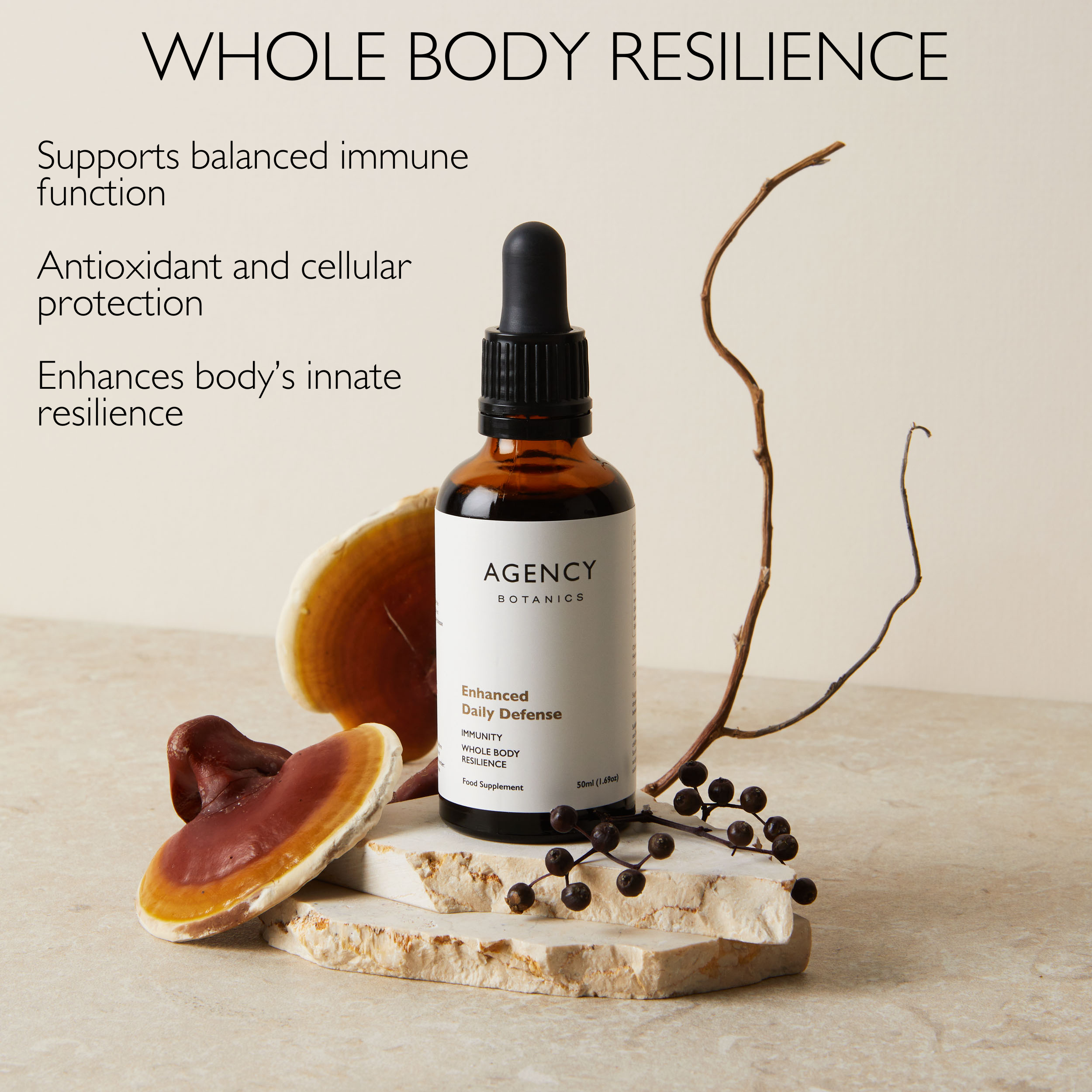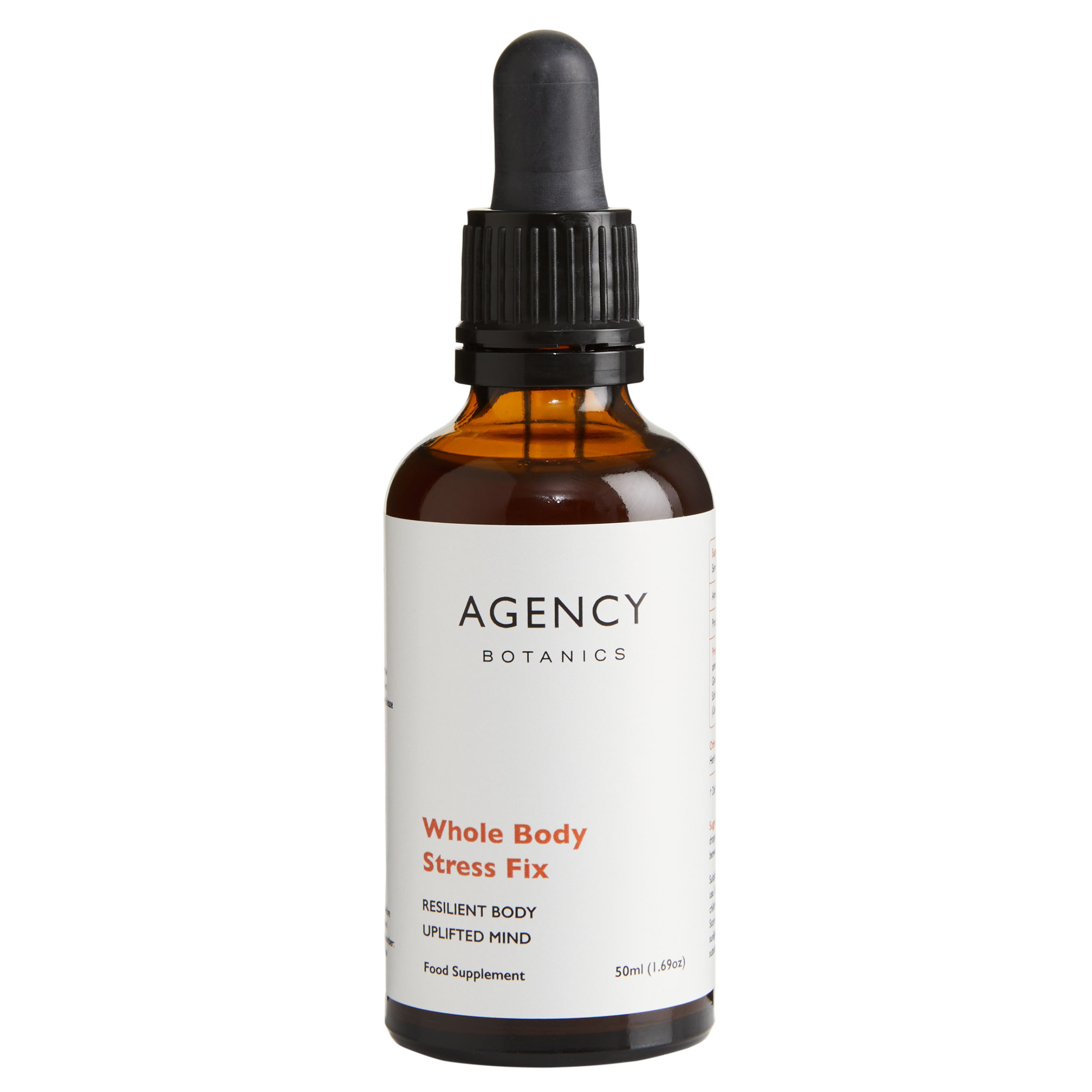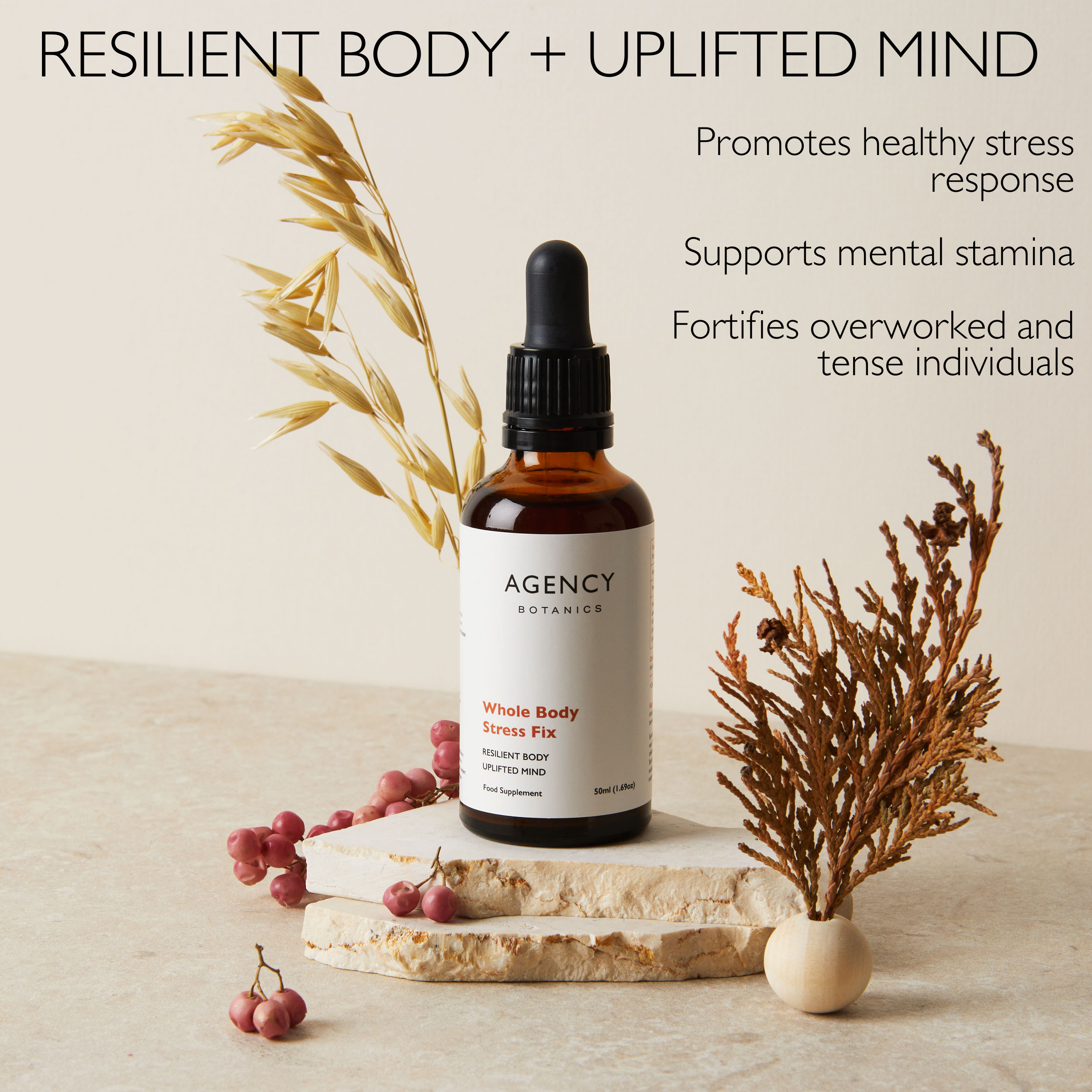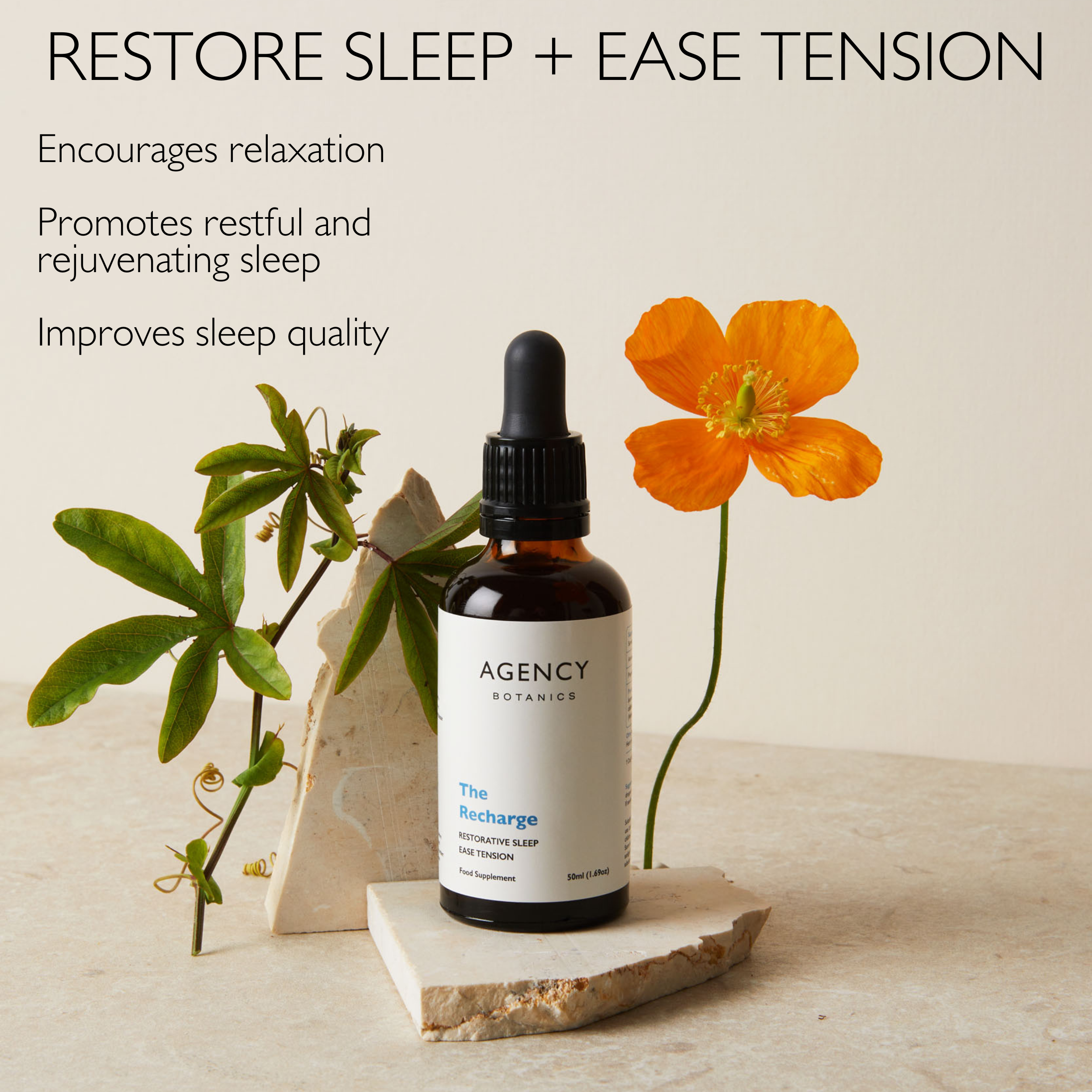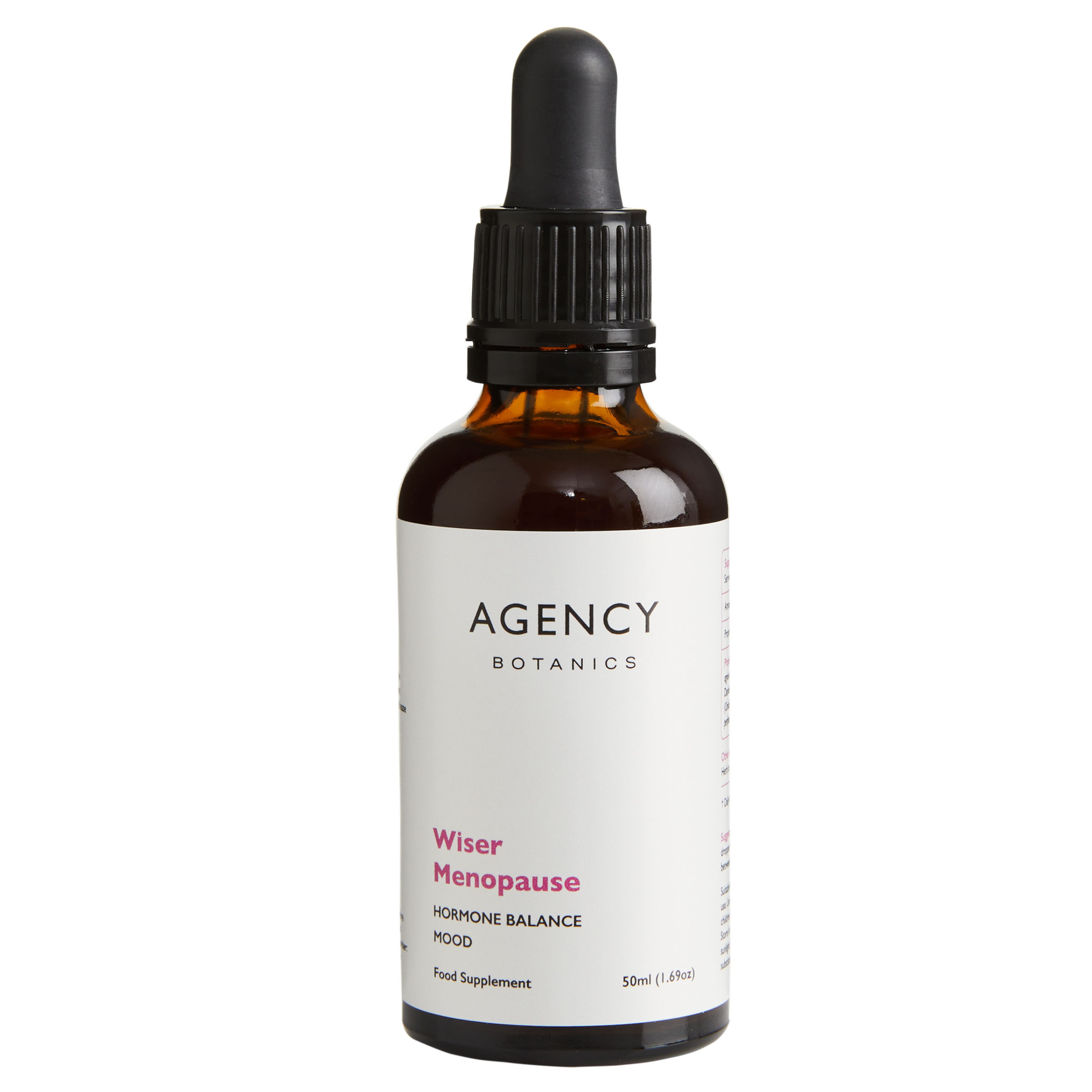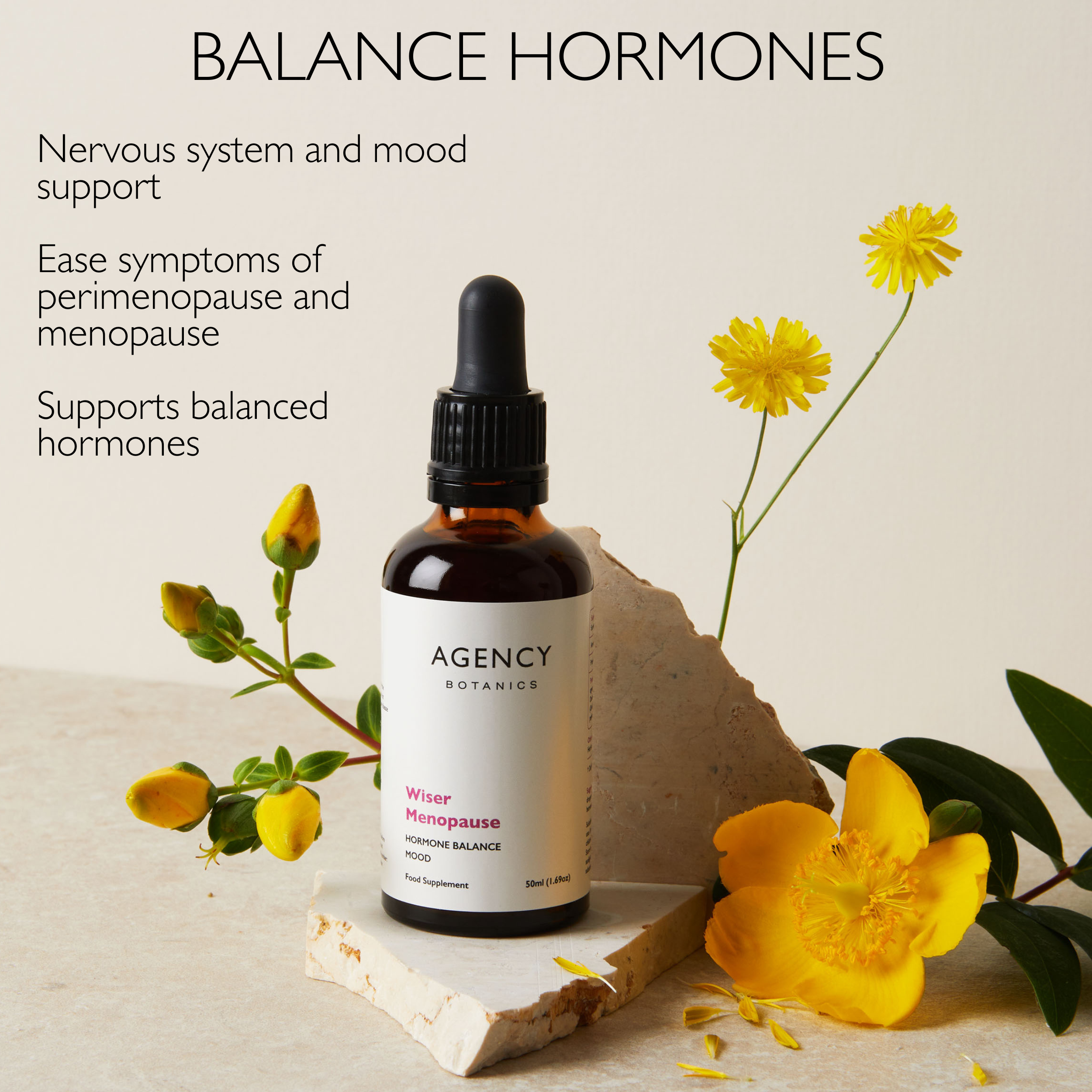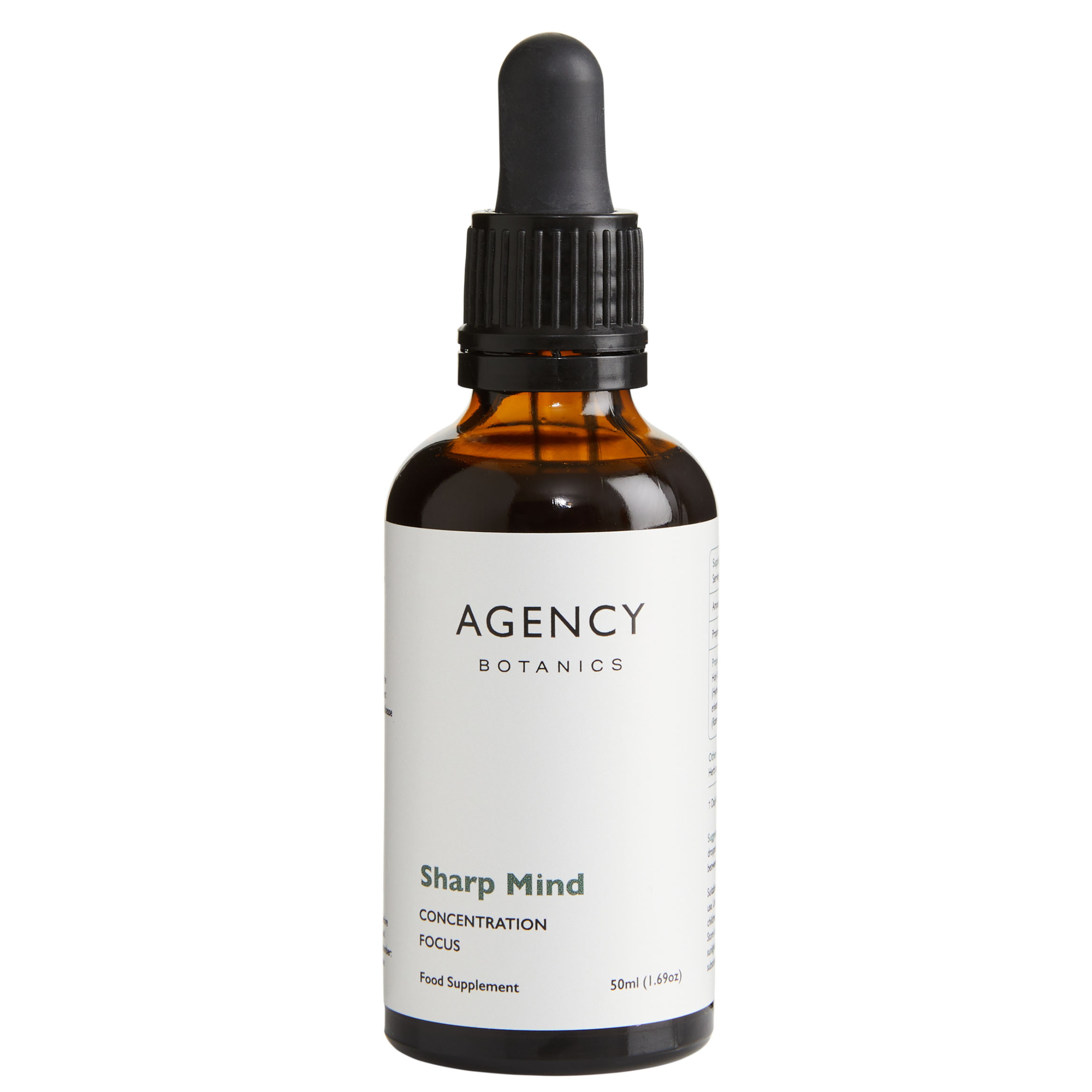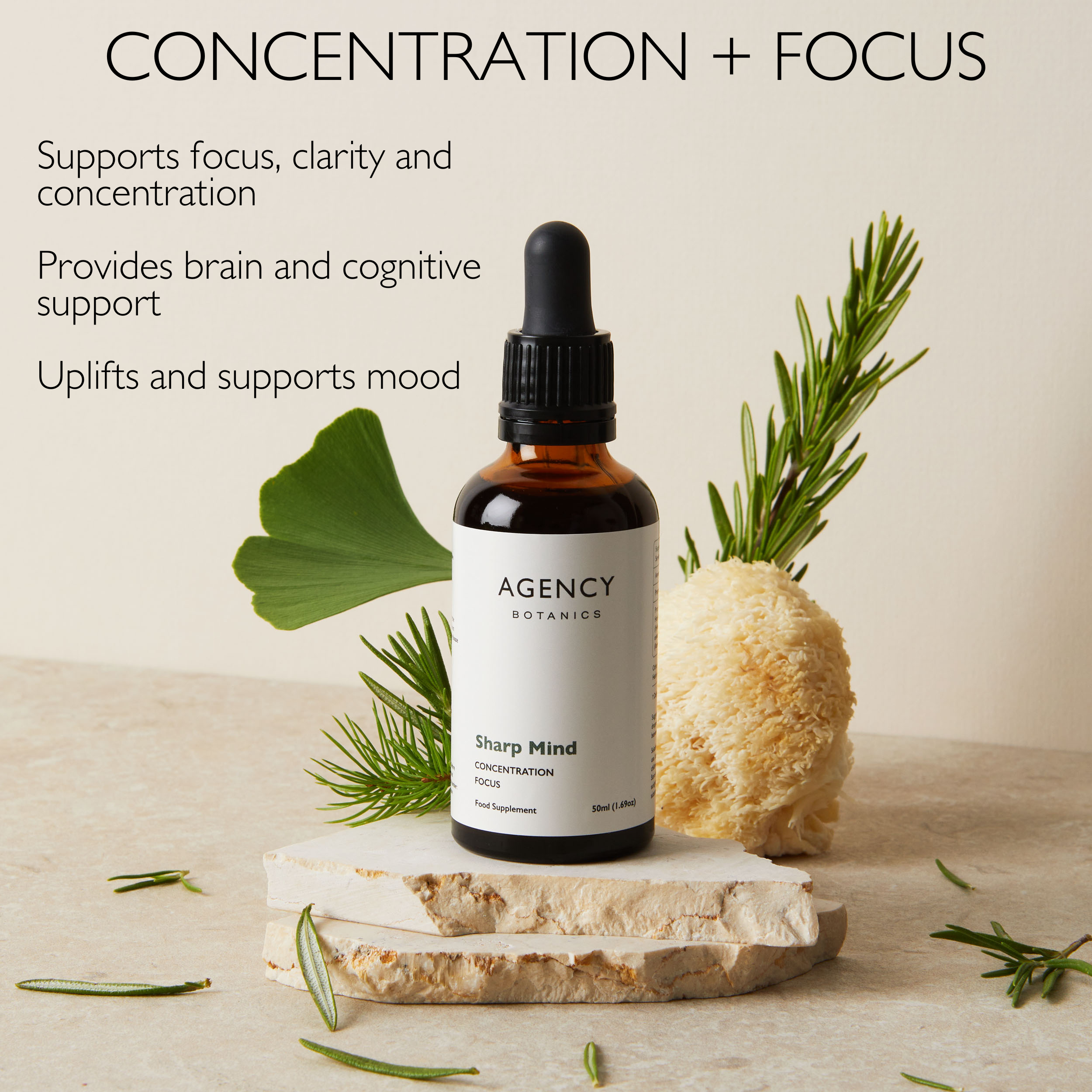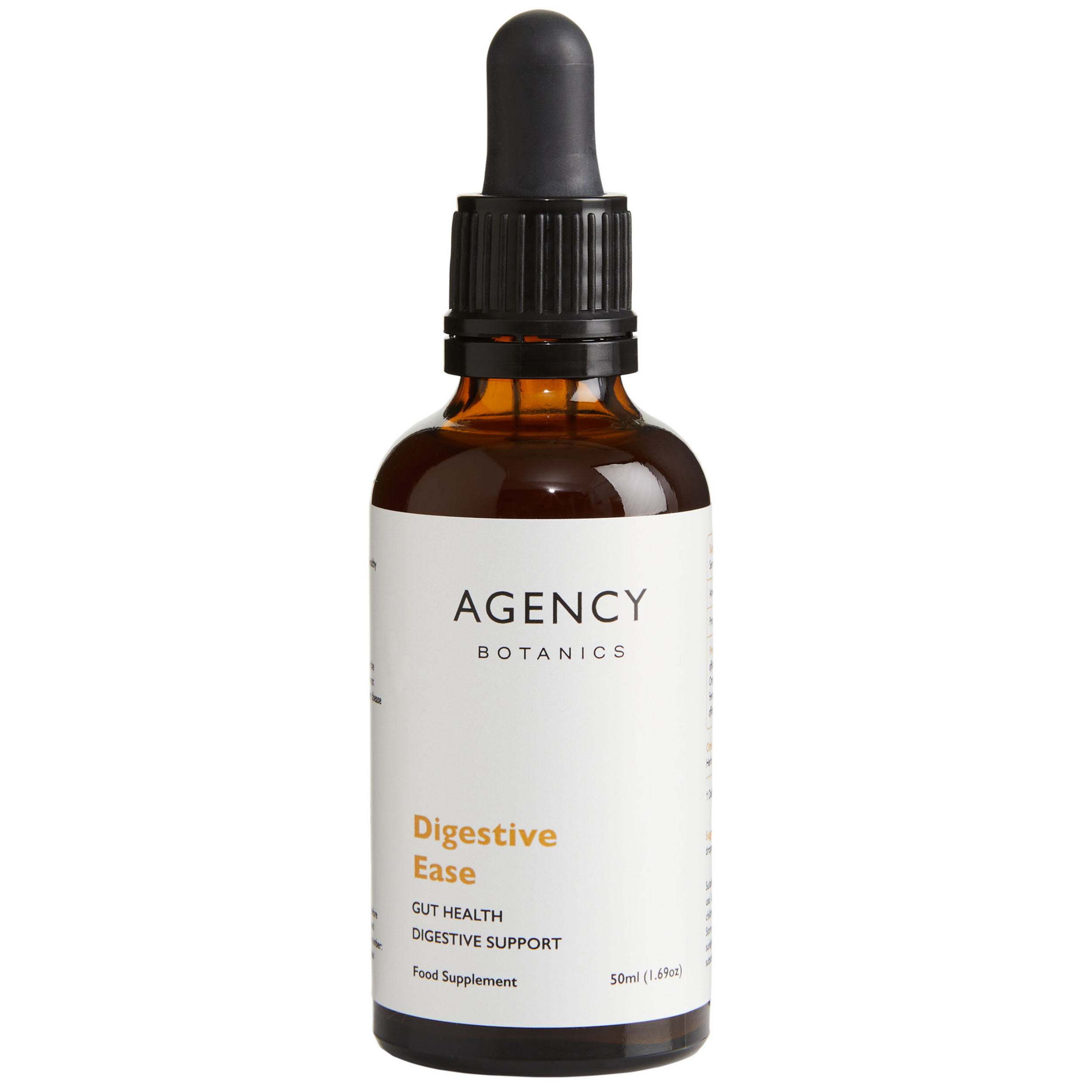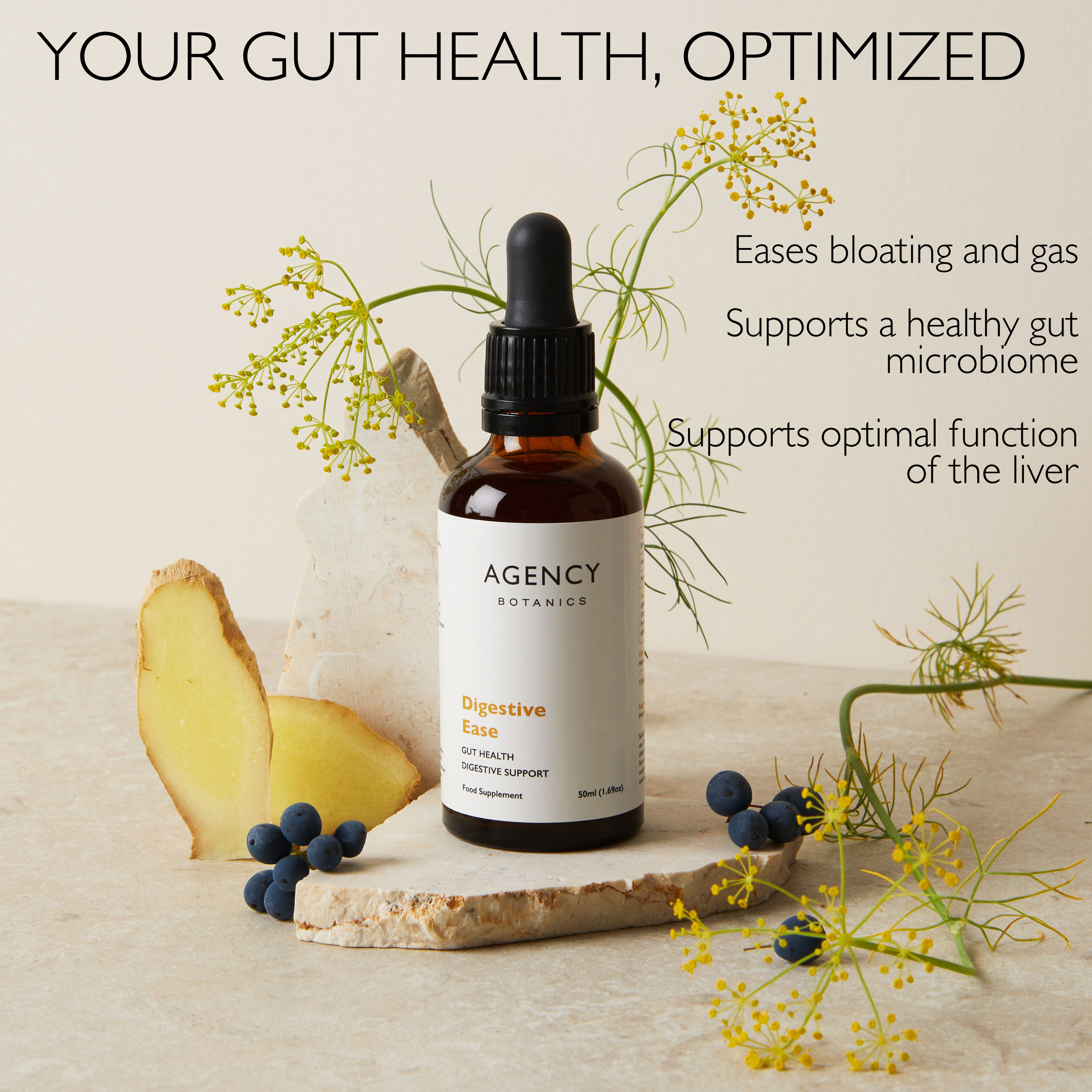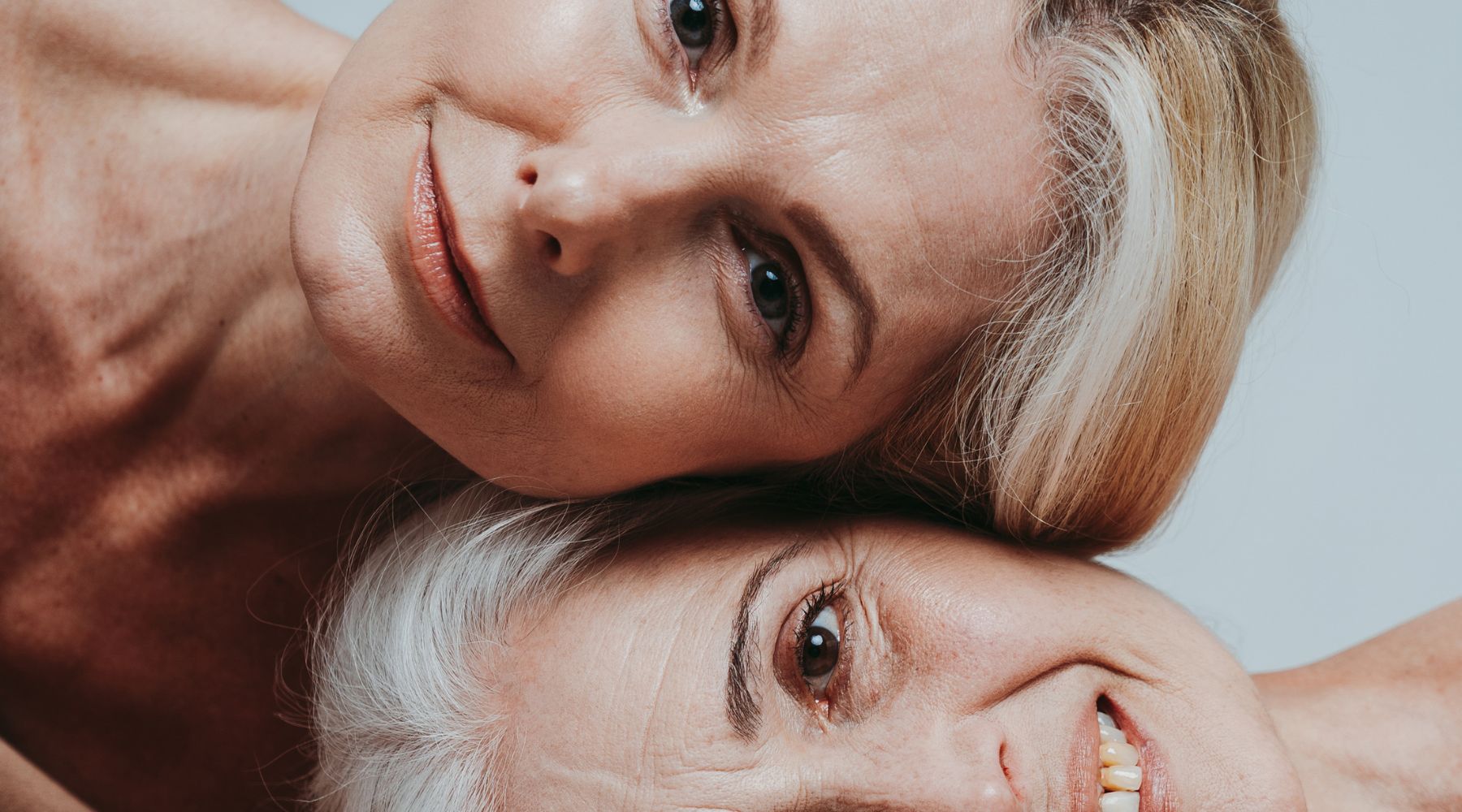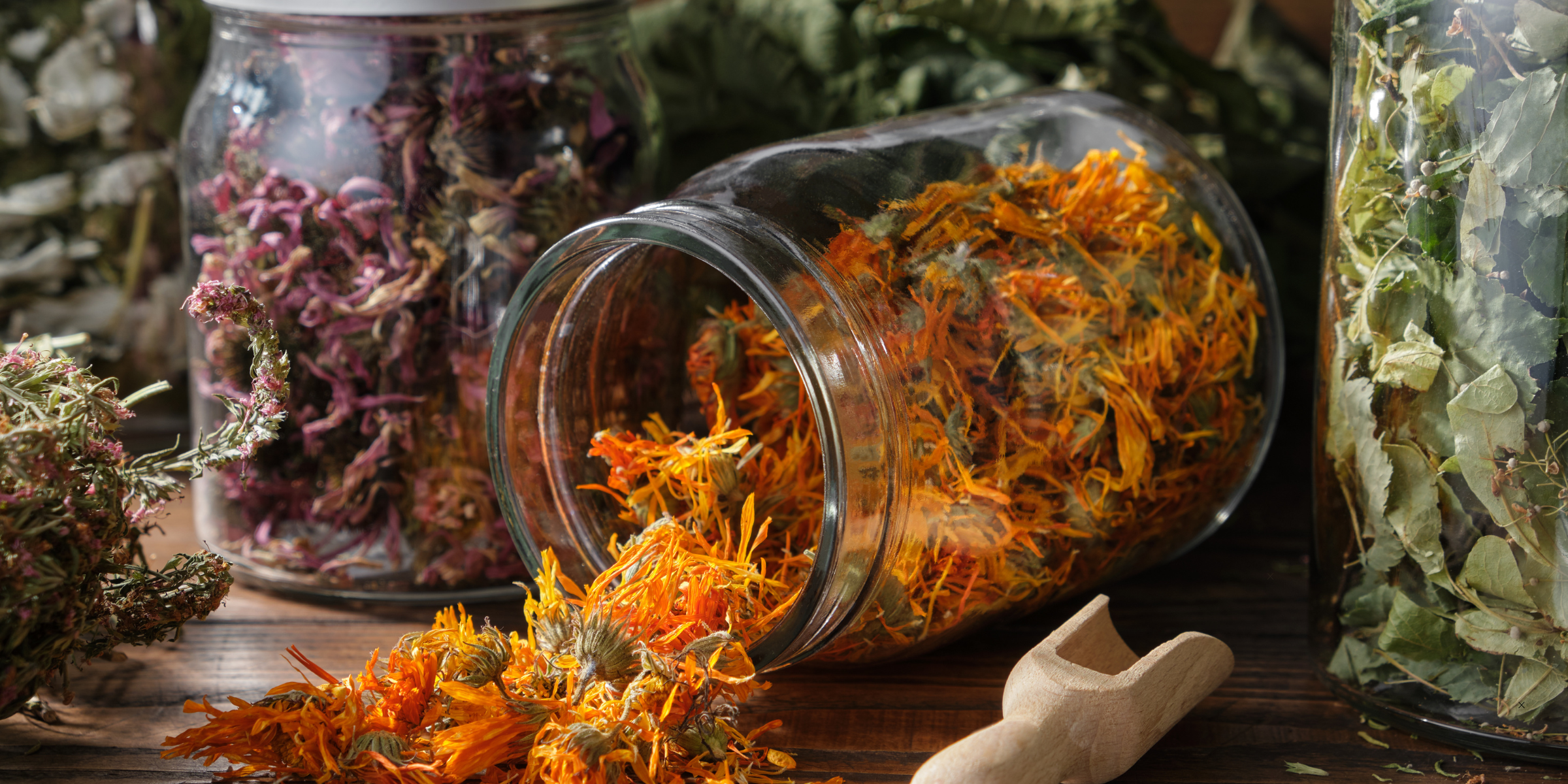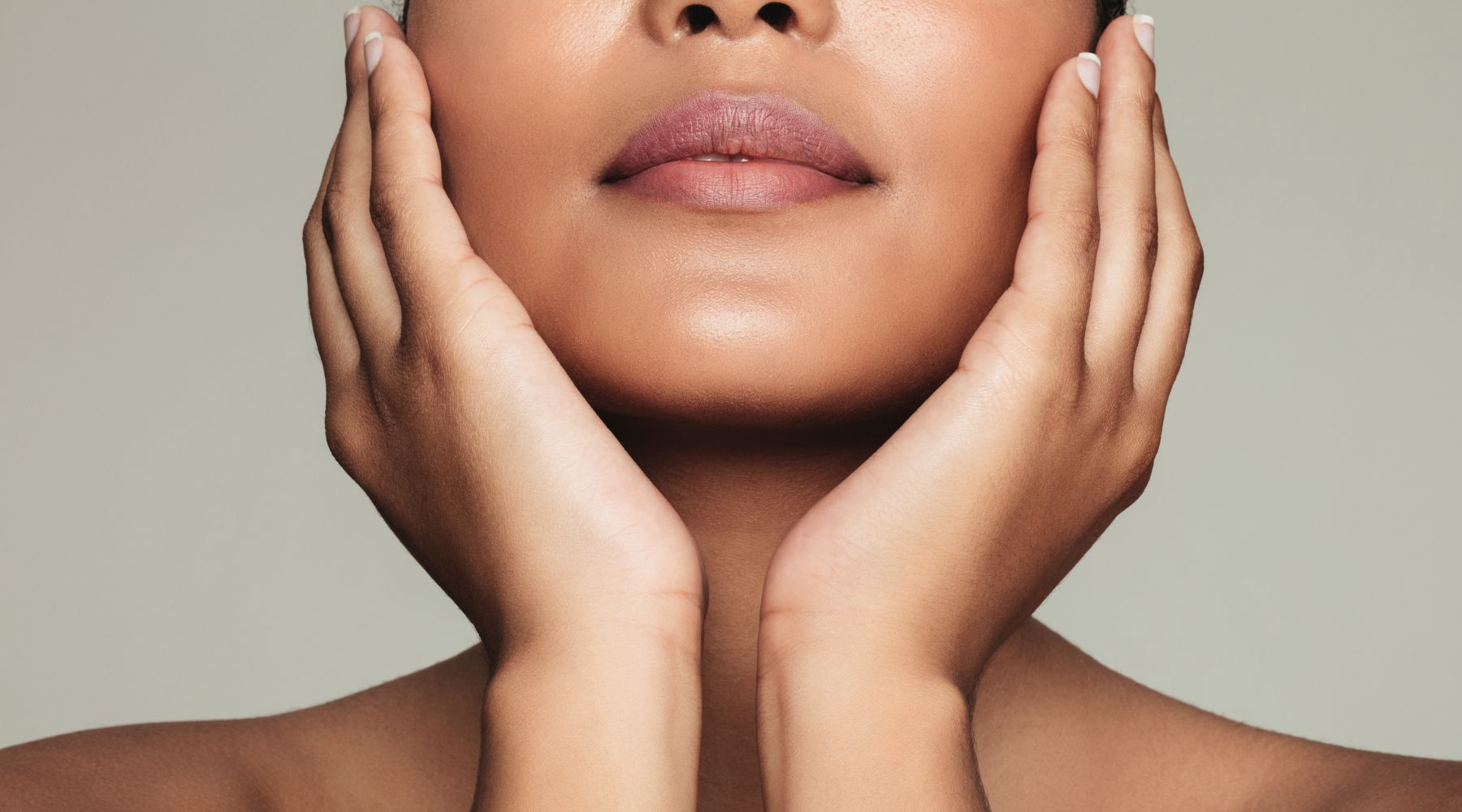
How to use herbs to boost collagen
Plants have been used for beauty since ancient times and research shows that they can help the skin stay supple, glowing, and healthy even as we age. Although plants don’t contain collagen, there are many plant-based ways to provide the cofactors and nutrients needed to build, maintain and repair collagen in the body.
What is collagen?
Collagen is the main structural protein in connective tissue and it makes up about 25% to 35% of whole-body protein content. It’s also found in blood vessels, the gut, tendons, in teeth and of course, skin. When it comes to the joints and tendons, collagen can be simply seen as the “glue” that holds them together. For the skin, collagen has major beauty benefits, keeping it smooth and supple, promoting elasticity, and playing a role in the replacement of dead skin cells.
Aging well is an ongoing relationship between genetics, our environment and the lifestyle choices we make. Even as collagen levels start to naturally decline, lifestyle plays a major role in maintaining, restoring and building collagen levels. Extrinsic factors such as smoking, unprotected sun exposure, stress, pollution, alcohol, and a nutrient-poor diet all affect collagen levels by activating pathways that break it down or slow its production.
Collagen production starts declining in our 20s, and over time falling levels result in wrinkles, sagging, and loose skin. The amount of collagen in the skin decreases by about 1% after the age of 21, although this can be accelerated with overexposure to the sun. Internally, lower collagen levels contribute to stiffer tendons and joints that lack flexibility, shrinking and weakening muscles, joint pain, and gut problems due to thinning of the digestive tract.
The best way to promote collagen production is by eating the nutrients your body needs to build it. A diet focused on high-quality lean protein such as fish, eggs, lean meats, beans, lentils, fatty acid-rich foods, fruits, and vegetables will support healthy skin. Amino acids from animal or plant sources are the building blocks of collagen and our bodies are remarkable at using the amino acids found in dietary protein for collagen formation and discarding the rest.
That said, prioritizing the amino acids lysine and proline will provide the key amino acids for collagen formation. Proline while largely found in bone broth, grass-fed beef, wild-caught fish, egg yolks, and organ meats, can also be found in smaller amounts in vegetables like cabbage, bamboo shoots, seaweed, watercress, and asparagus. Good sources of lysine include fish, chicken, grass-fed meat, eggs, and cheese, while vegetable sources include soybeans, seeds, nuts, beans, and lentils.
Collagen needs a number of vitamin and mineral cofactors for its production. The body’s ability to absorb and synthesize nutrients declines with age, so it becomes even more important to eat an intentional, varied and nutrient-rich diet. In the 30s and 40s, the natural production of collagen is at a low level and insufficient to allow our skin repair and replace the collagen it loses through the natural aging process.
Plants that boost collagen production
While plants don’t produce or contain collagen, many of the phytonutrients found in plants have the right cofactors to enable the body to produce and maintain collagen.
Burdock (Arctium lappa)
Burdock root has been used for centuries to aid digestion, heal skin, purify blood and cool internal heat. In much of Asia, burdock is eaten as a vegetable and it has an earthy, crunchy texture similar to lotus root. Studies show that burdock contains phenolic acids, quercetin, and luteolin, which are powerful antioxidants.
Burdock contains a constituent called arctiin which lowers inflammation and protects the skin from subclinical and chronic inflammation. Burdock stimulates metabolism through collagen and hyaluronic synthesis to regenerate and build the skin structure.
Gotu Kola (Centella asiatica)
Gotu Kola is an important medicinal herb used in Asia and it has a long history of use for skin conditions. Studies show that Gotu kKola applied to the skin increases the synthesis of collagen and increases the strength of newly formed skin when applied to a wound. Gotu Kola can help against wrinkles and sagging, lax skin. As an all-around supportive herb for connective tissue,it may help strengthen hair and nails.
Ginkgo (Ginkgo biloba)
Ginkgo is one of the oldest trees on the planet. It is a potent free radical scavenger and anti-inflammatory and when combined with vitamin C, it boosts the synthesis of collagen. The use of ginkgo is well established in Europe for mild cognitive impairment
Turmeric (Curcuma longa)
No talk about skin health would be complete without mentioning Turmeric, a powerful anti-inflammatory and antioxidant. Turmeric has many well-studied health benefits; but in terms of skin health, it increases levels of Type 1 procollagen, which our bodies use to produce collagen. The anti-inflammatory and antioxidant actions of turmeric help to prevent sun and environmental damage the skin.
Wild Yam (Dioscorea villosa)
Wild Yam is native to North American and a useful herb for women because it supports hormone health from puberty to menopause. Diosgenin, a phytochemical found in Wild Yam, was first identified by Japanese researchers in 1936 and paved the way to the synthesis of progesterone and the development of the birth control pill. More recent research has shown that Wild Yam has anti-collagenase activity, which inhibits the enzyme that breaks down collagen.
Korean Ginseng (Panax ginseng)
Korean Ginseng is a potent adaptogen that helps the body adapt to stress. It can stimulate the synthesis of Type 1 collagen and increase the number of and function of dermal fibroblasts. Fewer fibroblasts cause a decrease in collagen levels in the skin and leads to skin thinning, wrinkles, and a loss of elasticity.
Horsetail (Equisetum arvense)
Horsetail is one of the oldest plants on the planet and is considered a living fossil that has survived for over 100 million years. This mineral and nutrient-rich herb contains high amounts of the trace mineral silica, which it accumulates in its stalk from nutrient-rich soil. Silica helps to strengthen bones, teeth, and connective tissue and is essential for optimal collagen synthesis and improving skin elasticity and strength.
Nettle (Urtica dioica)
Stinging nettle is a vitamin and mineral-rich herb that has been used as a medicinal agent since Ancient Greece. Nettles contain high amounts of silica and also iron, calcium, carotene, potassium. When applied directly to the skin, nettle helps to increase collagen content with more fibroblasts (a type of cell that synthesizes collagen), more blood capillaries, less scarring, and fewer inflammatory cells. Beyond its uses for skin health, nettle is also an excellent vitamin and mineral tonic for restoring the body’s reserves.
Vitamin C
No talk on collagen can leave vitamin C out of the picture because it is critical for collagen production and preserving existing collagen from damage. Vitamin C helps to create up to 18 different types of collagen in the body and it also helps to slow the breakdown of collagen through its antioxidant properties. Studies show that vitamin C is lower in aged or photodamaged skin.
The best way to get vitamin C is to eat foods rich in it. Berries, such as amla, camu camu, and lucuma are all top sources of the vitamin. Foods such as red peppers, broccoli, kale, kiwi fruit, strawberries, oranges, papaya, and brussels sprouts are all sources of vitamin C.
Topically applied vitamin C, whether in the form of serums, botanical oils, or creams is another great way to give your skin an extra vitamin C and antioxidant boost.
COLLAGEN PROTECTING FLAVONOIDS
Anthocyanins are an important type of flavonoid that plays a role in suppressing inflammation and preventing free radical damage to collagen. Anthocyanins give food their red, purple, clue or black colour. Food sources of this flavonoid include cranberries, blueberries, blackberries, grapes, tomatoes, acai, red onions, beetroot, and kidney beans.
Agency Botanics and its materials are not intended to treat, diagnose, cure or prevent any disease. All materials on Agency Botanics are provided for educational purposes only. Always seek the advice of your physician or another qualified healthcare provider for any questions regarding a medical condition, and before undertaking any diet, exercise, or other health-related programs.

